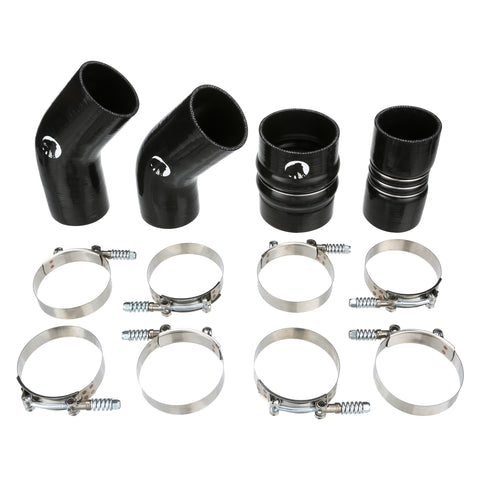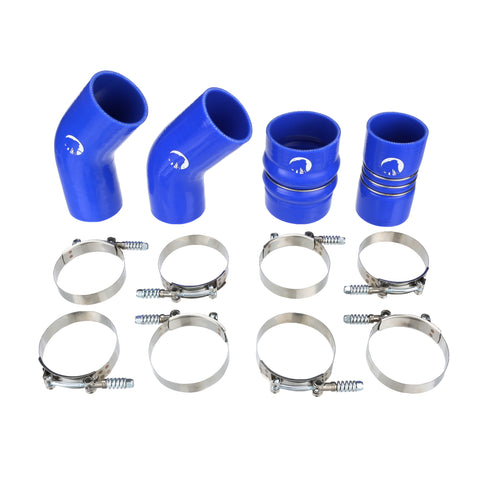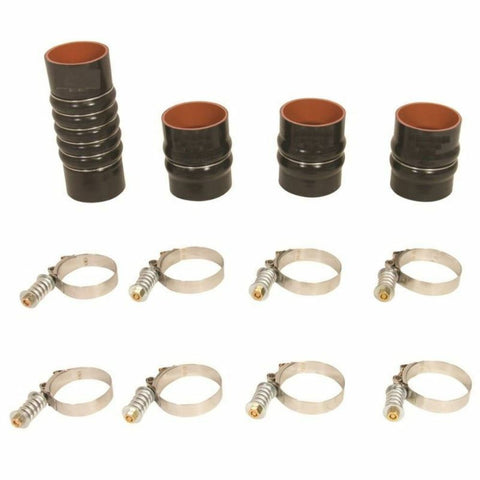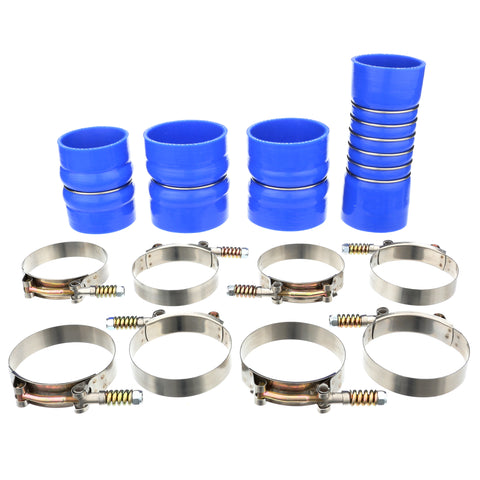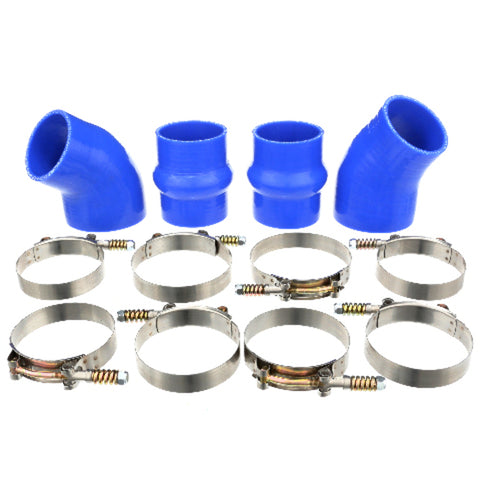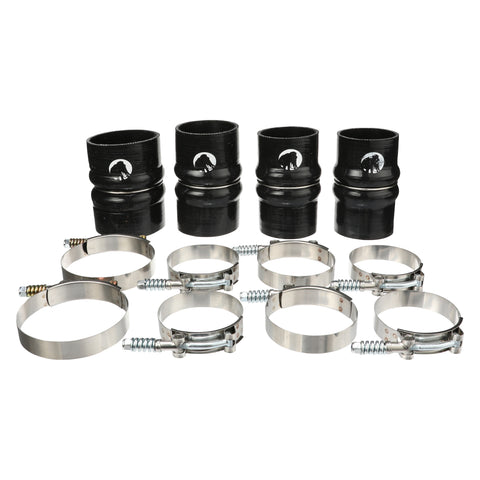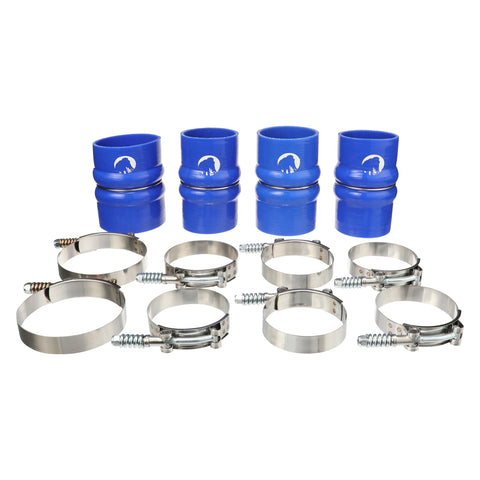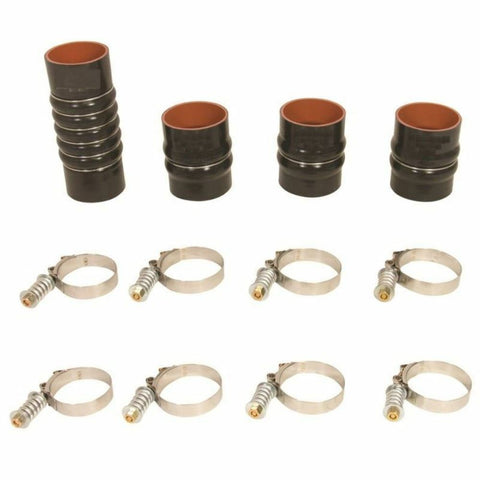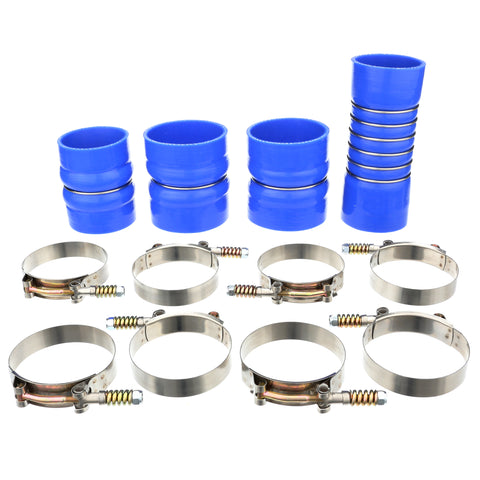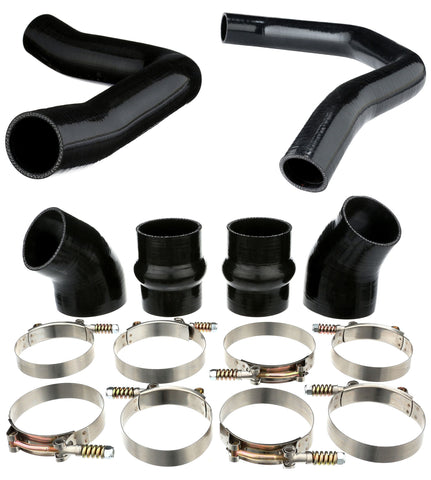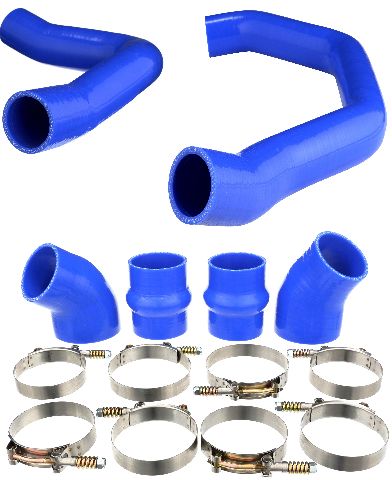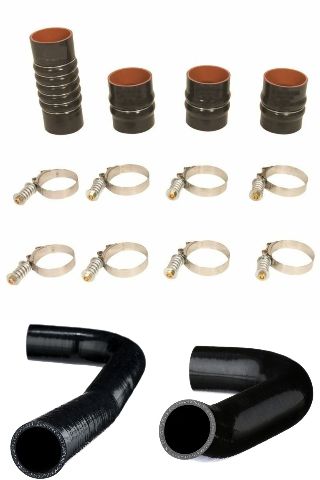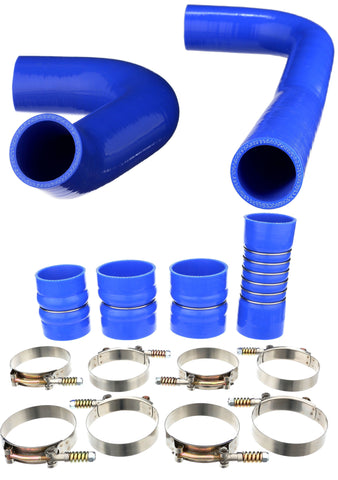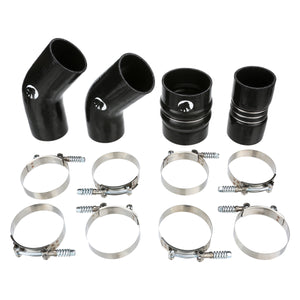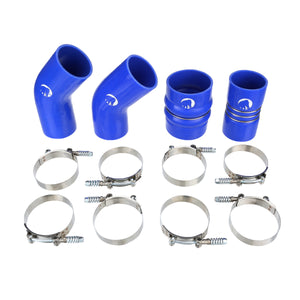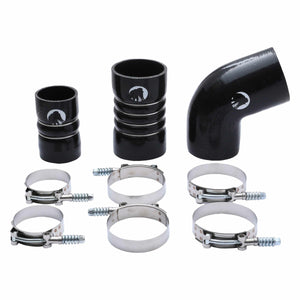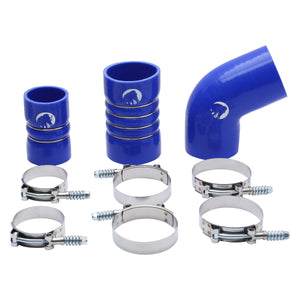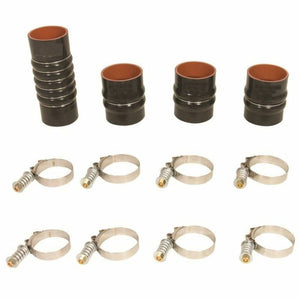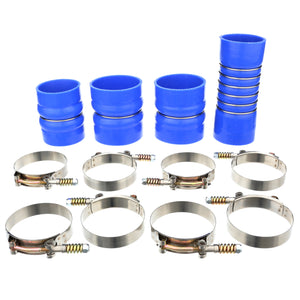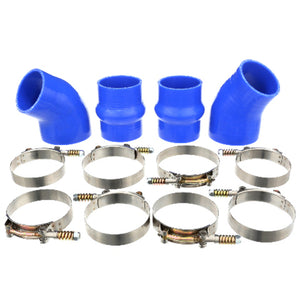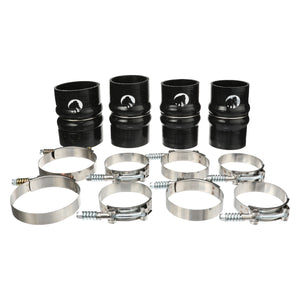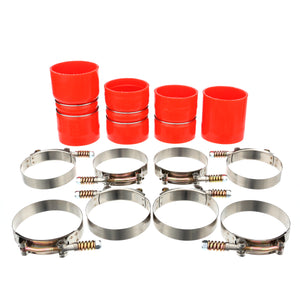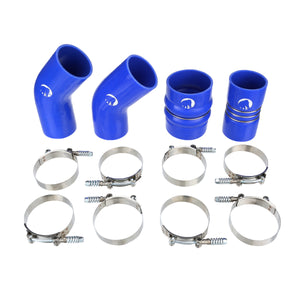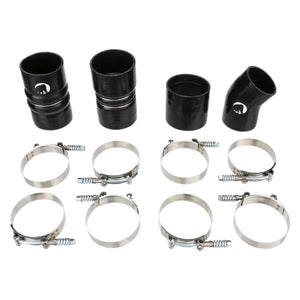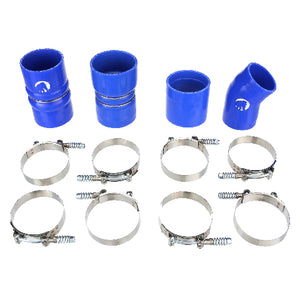Exploring the Capabilities of Silicone Hoses Versus Alternatives
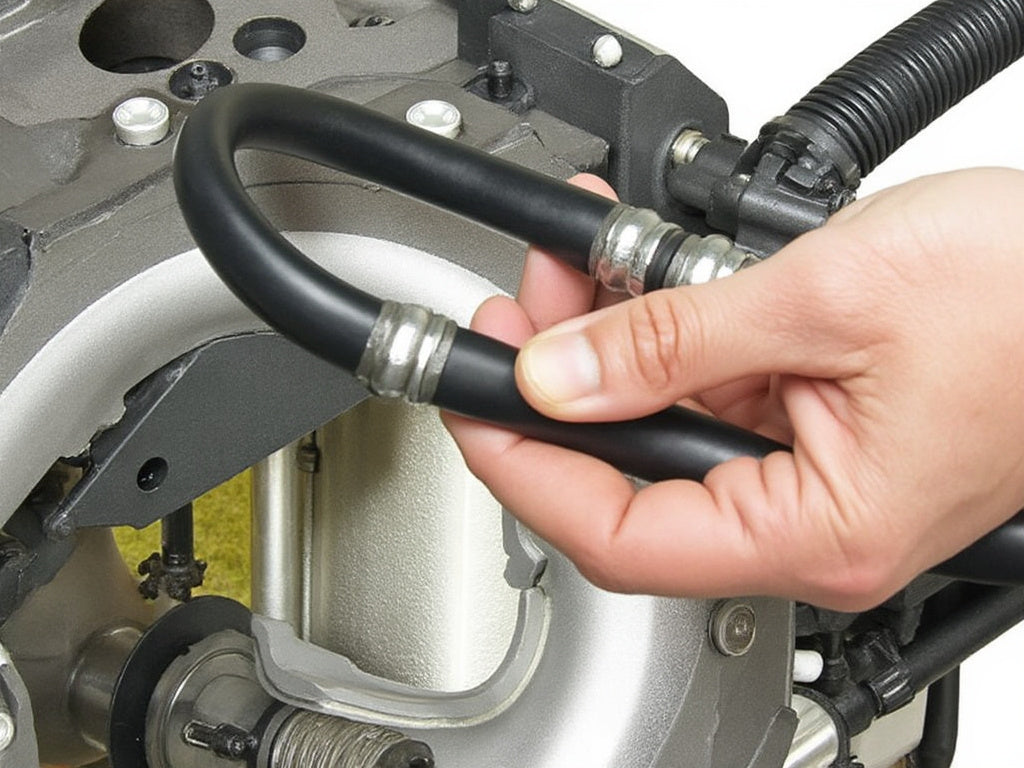
Table Of Contents
Exploring the Capabilities of Silicone Hoses Versus Other Alternatives
When it comes to flexible tubing for various applications, silicone hoses stand out due to their unique properties. Here's an in-depth look at how silicone hoses compare to other materials, exploring their capabilities, advantages, and limitations.
Material Properties of Silicone Hoses:
- Temperature Resistance: Silicone excels with a wide operational temperature range, typically from -60°C to 230°C or even higher with certain formulations. This makes it ideal for both hot and cold environments.
- Chemical Resistance: Silicone hoses are resistant to many chemicals, including oils, solvents, and some acids, though not all. This property makes them suitable for chemical processing and automotive applications.
- Flexibility: Silicone remains flexible even at low temperatures, providing ease of installation and resistance to kinking.
- Durability: They are known for their longevity, resisting degradation from UV light and ozone, which is crucial for outdoor applications.
Other Common Materials
- Rubber Hoses:
- Generally less expensive but have a narrower temperature range and degrade faster under UV exposure. They might not offer the same level of chemical resistance as silicone.
- PVC Hoses:
- Cost-effective and rigid, PVC hoses are excellent for low-pressure applications but fail in high-temperature scenarios and are not as flexible.
- Polyurethane Hoses:
- Offer excellent abrasion resistance and can handle higher pressures than silicone but have less temperature tolerance and flexibility.
- Metal (Stainless Steel, Aluminum):
- Provide high strength and excellent temperature resistance but lack flexibility and can be more susceptible to corrosion in certain environments.
Applications For Silicone Hoses:
- Automotive: Commonly used for coolant, vacuum, and emission systems due to their heat resistance and durability.
- Medical: Biocompatible grades are used in medical tubing due to their inertness and ability to withstand sterilization processes.
- Food Industry: FDA-approved silicone hoses are used for food-grade applications because they don't impart taste or odor.
- Aerospace: Their wide temperature tolerance and resistance to vibration make them suitable for aerospace applications.
Comparison with Alternatives:
- Rubber Hoses: Often seen in less critical applications where cost is a primary concern, like gardening or basic industrial needs.
- PVC Hoses: Predominantly in water supply or drainage where high temperatures are not a factor.
- Polyurethane Hoses: Used in heavy machinery and equipment where high strength and pressure resistance are needed but temperature isn't a significant variable.
- Metal Hoses: Preferred in high-temperature industrial settings or where structural rigidity is paramount.
Advantages of Silicone Hoses:
- Versatility: One of the most versatile materials in terms of temperature, chemical, and environmental resistance.
- Health and Safety: Non-toxic and hypoallergenic, making it safe for medical and food applications.
- Lifespan: Longer service life compared to many alternatives due to resistance to degradation.
Limitations:
- Cost: Generally more expensive than rubber or PVC, which can be a barrier in cost-sensitive applications.
- Strength: While durable, silicone might not match the tensile strength of materials like polyurethane or metal under high-pressure situations.
Conclusion
Silicone hoses offer a blend of flexibility, temperature resistance, and chemical stability that makes them superior for many high-demand applications where other materials falter. While they come at a higher cost, the benefits in terms of longevity, safety, and performance often justify the investment. For industries requiring robust, reliable, and versatile hose solutions, silicone stands as a top contender, outshining its competitors in a range of demanding scenarios. However, the choice of material should always consider the specific operational conditions, cost implications, and required longevity of the application.


